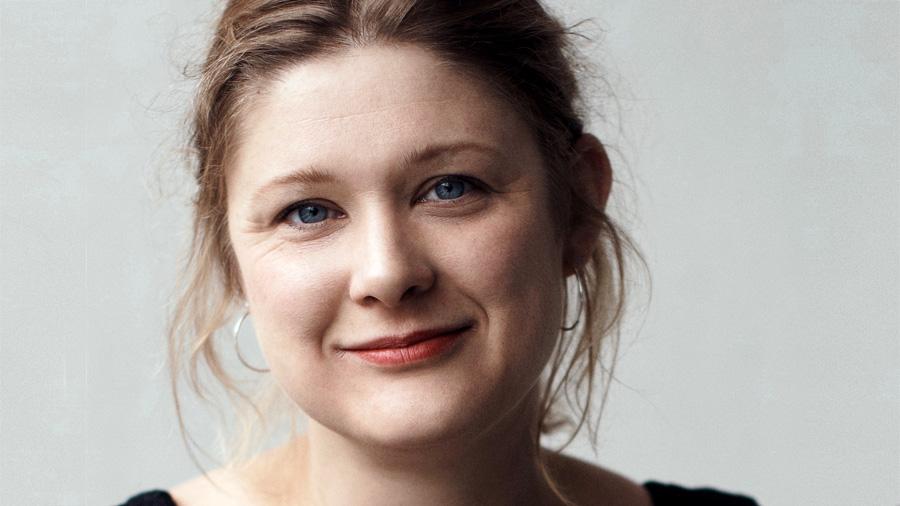What was the gender balance in the Danish Film Institute's funding of Danish films in 2020, under the New Danish Screen talent scheme as well as the schemes for documentaries and features? And what is the trend from 2012 to the present?
Find out more in the Danish Film Institute’s recently released annual report 'Gender in Danish film' (in Danish). The monitoring is intended to create a fact-based foundation for the various initiatives to improve gender equality that the Danish Film Institute has launched in partnership with the industry.
The report shows the gender distribution of applicants and recipients of funding under the functions of scriptwriter, producer and director. It also looks at the gender distribution of cast members in leading and supporting roles in features and documentaries.
The report’s many conclusions include:
- Of the feature film projects that received production funding under the Commissioner Scheme in 2020, 46% have a female director and 50% have a female producer.
- The Market Scheme does not show a similar positive trend, with only 14% of the funded projects having a female director.
- Under the New Danish Screen talent development scheme, a small majority (approx. 60%) of production-funded films have female directors, producers and scriptwriters.
- Documentaries have gender balance when it comes to directors, and more female than male producers, which was characteristic throughout the reporting period.
- The gender ratio of cast members in last year’s finished productions remains balanced, both in features and documentaries.
Moving in the right direction
"There is reason to be pleased about these figures,” the Danish Film Institute's CEO Claus Ladegaard says.
“We should bear in mind that we are talking about relatively few films here, and the numbers may fluctuate widely from year to year. Even so, I would venture to point out two or three positive trends from the last five years, where we have worked systematically in partnership with the industry to improve the gender balance in Danish film.
"Looking at the Commissioner and Market Schemes, we have gone from one in five to roughly one in three features being directed by a woman. It also bodes well for the future that there are so many women among the new talents at New Danish Screen. This positive trend is confirmed by our ongoing monitoring of films in development, from screenplay to production.
“In particular, for the third year running, we are seeing an almost equal distribution of men and women in leading roles. This means that we are experiencing more and more exciting and nuanced female characters in Danish films. For me, that’s probably the most important thing, because it’s about what audiences encounter and how they mirror themselves on screen.
“The development has been slow, but it’s definitely moving in the right direction."
